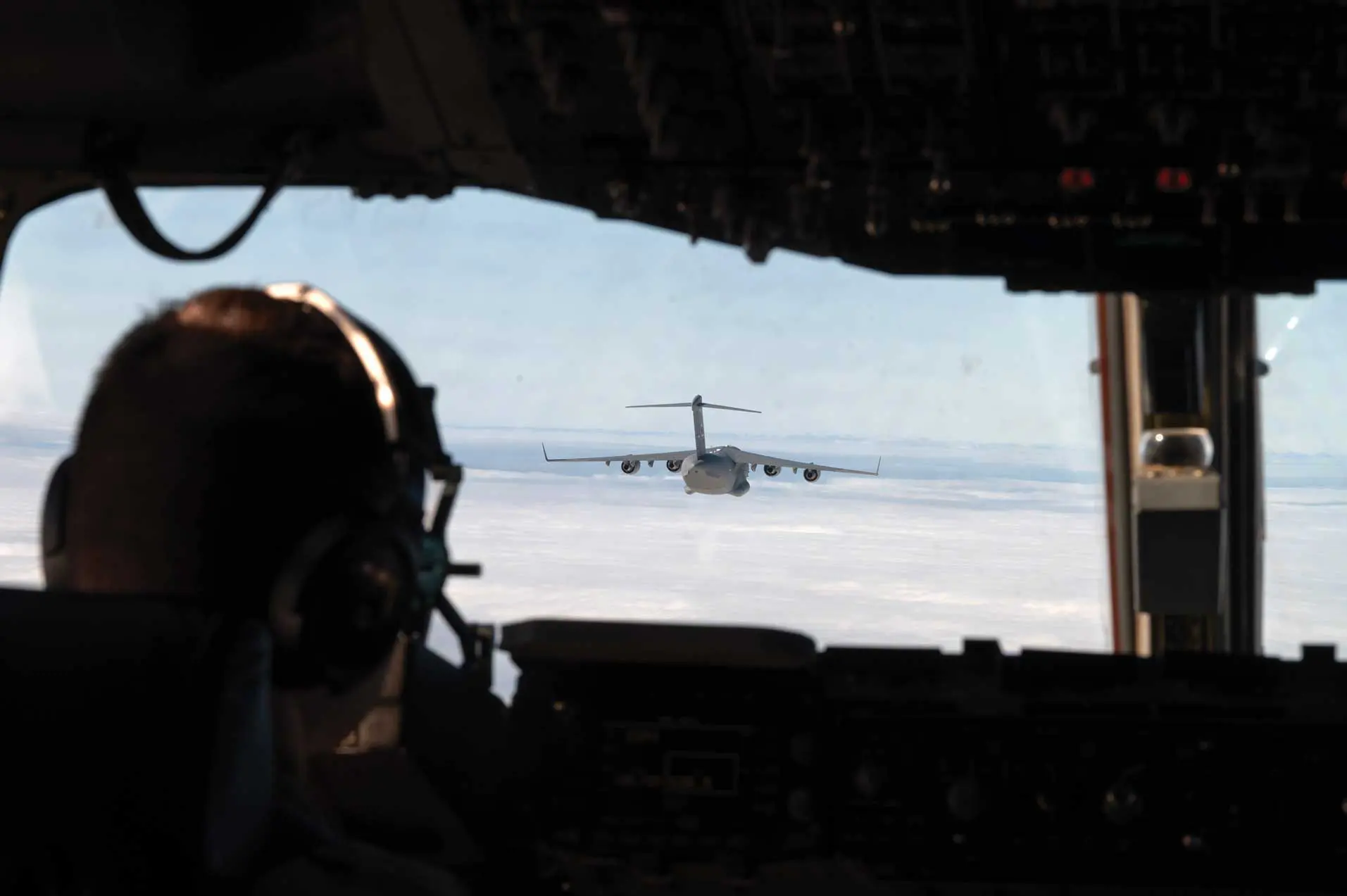Risky Behavior and the Importance of Reaction Time
By MS. DARA MARLAR, STAFF WRITER
Over the past five years, a substantial increase in dangerous actions in contested territories has occurred, translating to increased risk to Airmen’s safety. These hazardous behaviors, released via a collection of declassified images and videos by the Department of Defense, include the following:
- Air intercepts and other close approaches to U.S. aircraft.
- The brandishing of weapons.
- Reckless maneuvers.
- The discharging of chaff.
- The firing of flares and other objects and projectiles.
- Cutting in front of U.S. aircraft causing it to fly into wake turbulence.
Many of these actions require quick reactions from Airmen, for such actions can potentially produce miscalculations in judgement, which can lead to unsafe incidents. With the alarming increase in risky behavior by Chinese aircraft, a split-second decision could be the difference between life and death.
Not only can the reaction of an Airman cause immediate danger to themselves, but the possibility of long-term results, including international warfare. The ability of an Airman to identify an oncoming threat, determine the possible outcomes of their actions, and react accordingly needs to be second nature.
The U.S. Air Force implements many training courses based on situational awareness to ensure positive reactions and reaction times. These are training scenarios that require an Airman to not only identify threats but to accurately portray why they were threats. These courses are effective because they allow an Airman to learn from past mistakes, and the lessons allow for scenarios to be tailored to a specific training need.
Studies have shown that situational awareness training makes reaction times and threat identification times faster. These results allow an Airman to make an informed split decision, which will help keep themselves and those around them safer.

